What Is the Connection Between Hypertension (High Blood Pressure) and Type 2 Diabetes?
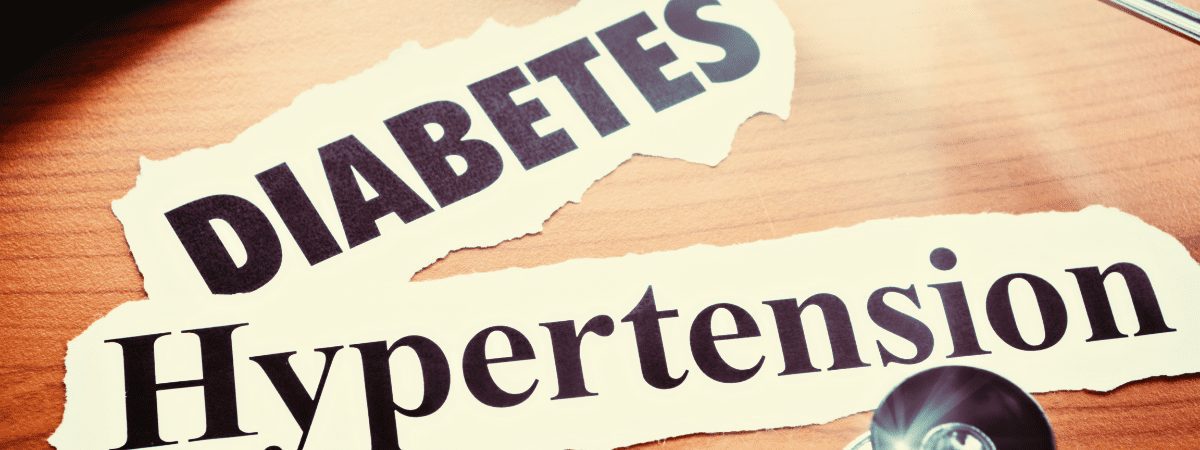
According to the American Diabetes Association, 2 in 3 people who have been diagnosed with diabetes also have high blood pressure, or hypertension, or have to take medication to lower their blood pressure.
Diabetes can often damage the arteries, causing them to harden. As a result, the blood has to force itself higher against the arterial walls while it is getting pumped blood into the arteries, leading to higher blood pressure.
Hypertension, or high blood pressure, requires the right care and treatment to ensure the levels are under control. If left untreated, it puts extra pressure on your heart, which can eventually increase the risk of stroke, heart-related diseases, as well as other health complications.
In this article you read about:
- What is hypertension?
- Reading your blood pressure levels
- Hypertension screen three and diagnosis with diabetes
- Ideal blood pressure with diabetes
- Hypertension symptoms
- How to regulate hypertension
- Deciding on a treatment plan
What is Hypertension?
Blood pressure is the pressure at which the blood in your body forces itself against the walls of the artery. With every beat, the heart pumps blood into the arteries. As the heart contracts and pumps blood, it reaches the highest amount of pressure.
Very high blood pressure, or hypertension, can increase the risk of:
- Various coronary heart diseases
- Heart attack
- Stroke
Reading your blood pressure levels
Here is a look at the healthy as well as warning levels of blood pressure:
- Below 120/80 – healthy
- Between 120/80 and 140/90 – early stages of high blood pressure
- 140/90 or higher – high blood pressure alert
Hypertension screen three and diagnosis with diabetes
If you already have diabetes, your doctor may suggest the following to keep an eye on your blood pressure levels:
- Measure your blood pressure at every routine medical visit.
- If the blood pressure readings are found to be high, multiple readings may be taken on different days to get an accurate idea and reading.
- If you have been diagnosed with both diabetes and hypertension, it is important that you take your blood pressure reading regularly at home.
- If the initial blood pressure reading comes high, your doctor may want to check the same in both arms.
- In some cases, if you already have high blood pressure, your doctor may want to repeat the reading again under medical supervision, within a month.
Ideal blood pressure with diabetes
The blood pressure readings may vary from person to person. However, for those who also have diabetes, the blood pressure reading should not be more than 130/80.
Hypertension symptoms
Usually, hypertension does not have too many warning signs and symbols. However, in case the blood pressure is at an extremely high level, here are a few signs you may notice. If you do experience any of these, make sure to inform your healthcare provider immediately:
- Nose bleeds
- Irregular heartbeats
- Difficulty in breathing
- Blood spotting in urine
- Occasional pain in the chest
- Problems in vision
- Confusion
- Fatigue without any obvious reason
- Sudden and severe headaches
- Feeling dizzy
Many of the signs and symptoms of high blood pressure often resemble signs of other medical conditions. It is important that you do not ignore these, but inform your doctor at the earliest.
How to regulate hypertension
You already have a set of guidelines that you may have been asked to follow by your healthcare team in order to take care of your diabetes. Here are some very similar things that you can do, that may help you in managing your hypertension better:
1. Follow a healthy diet:
- You may speak to your dietician or doctor to find out a diet plan that can help in your overall health.
- Ask your doctor for a diet that can specifically help in managing your blood pressure.
- Eating fresh foods and vegetables, having foods that are rich in fibre, especially whole grains, can be a great addition to a diet that can help manage hypertension.
- Reduce the amount of unhealthy fats, especially trans-fat and animal fat.
2. Reduce smoking and alcohol consumption:
- Cut down or reduce your alcohol intake or smoking.
- If you are a passive smoker, reduce your risk by staying away from smokers.
3. Reduce salt intake:
- Cut down the amount of salt you eat on a daily basis.
- Initially, this may seem like a very challenging experience, especially if you are used to a certain palate.
- Start by reducing a very tiny bit of salt in your regular meals.
- You can also reduce the amount of salty snacks, especially the packaged ones that you eat. Packaged snacks almost always have a very high amount of sodium, which can have alarming effects on your blood pressure levels.
4. Managing your weight:
- Watch your weight and ensure you manage it well.
- You may speak to your doctor about your healthy weight range or BMI.
- Reducing even up to 3 to 5 percent of your total body weight, if you are overweight, may significantly bring down your risk.
5. Regular exercise plan:
- Follow an exercise plan, and ensure you do at least 30 minutes of exercise every day, after speaking to your healthcare team.
- Having some regular physical activity every day can be a great way to keep your hypertension as well as your diabetes in check.
- If you can, aim for about 45 minutes of exercise every day.
- Switch between moderate and high intensity exercises, only after speaking to your doctor.
- If you find these too strenuous, find out simpler exercises and gradually shift to ones that are of a higher intensity.
6. Managing your stress levels:
- Practice methods to reduce your stress levels.
- Daily meditation, or taking part in some outdoor activities or doing things that make you feel happy may help reduce stress.
7. Keep in touch with your healthcare team:
- Follow all your doctor appointments and update your doctor about any changes in health.
- Regularly monitor your blood pressure levels and keep a journal.
Deciding a treatment plan
Your healthcare team will chalk out a plan to treat and manage your hypertension, based on the following:
- Your age, your overall health and other medical conditions that you may be suffering from
- Your current diabetes scenario
- The extent of your hypertension
- How your body reacts to the different medicines, therapies or procedures
Hypertension and diabetes can often go hand in hand. As long as you are taking the right precautions, following your doctor’s advice and keeping track of your readings, you can manage your blood pressure levels and be on the path to better health.
FitterTake
A healthcare program which incorporates the right mix of technology and expert personalized coaching for lifestyle changes can make a real difference. This will lead to holistic management and significantly reduce the risk of complications. Approximately, 1 in 5 members of the Fitterfly Diabetes Management program had hypertension as a comorbidity. A 360° approach with the right nutrition advice, fitness coaching, sleep management and support on reduction of stress, helped these members reduce their blood sugar as well as their blood pressure effectively. Talk to us now.
Reference:
[1] https://www.diabetes.org/diabetes/high-blood-pressure
[3] https://www.webmd.com/diabetes/high-blood-pressure
This blog provides general information for educational and informational purposes only and shouldn't be seen as professional advice.









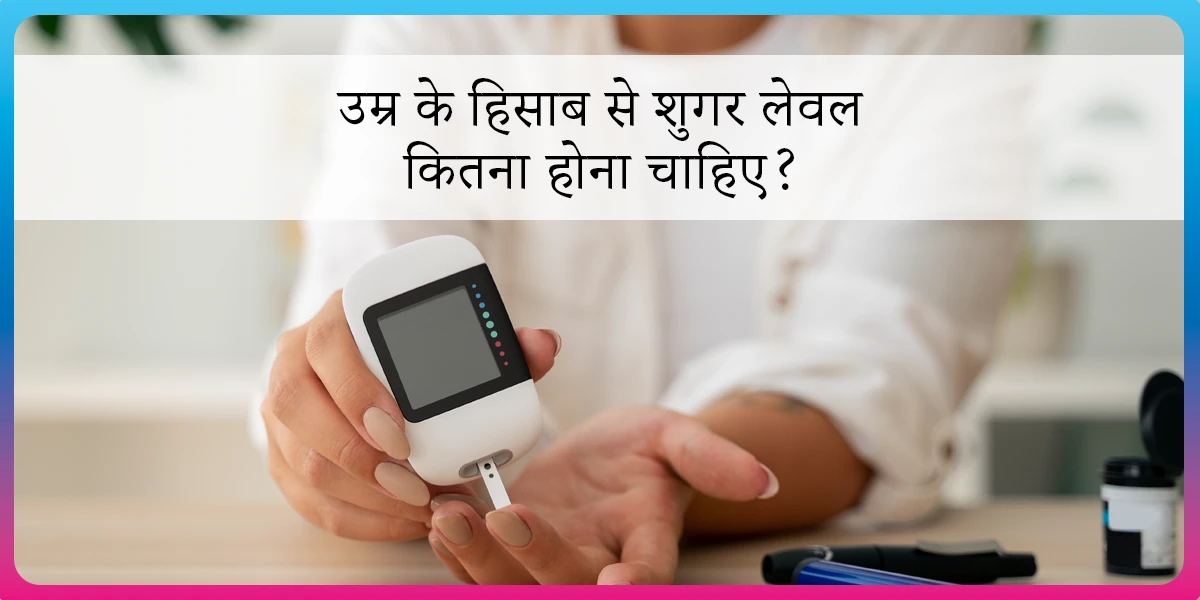
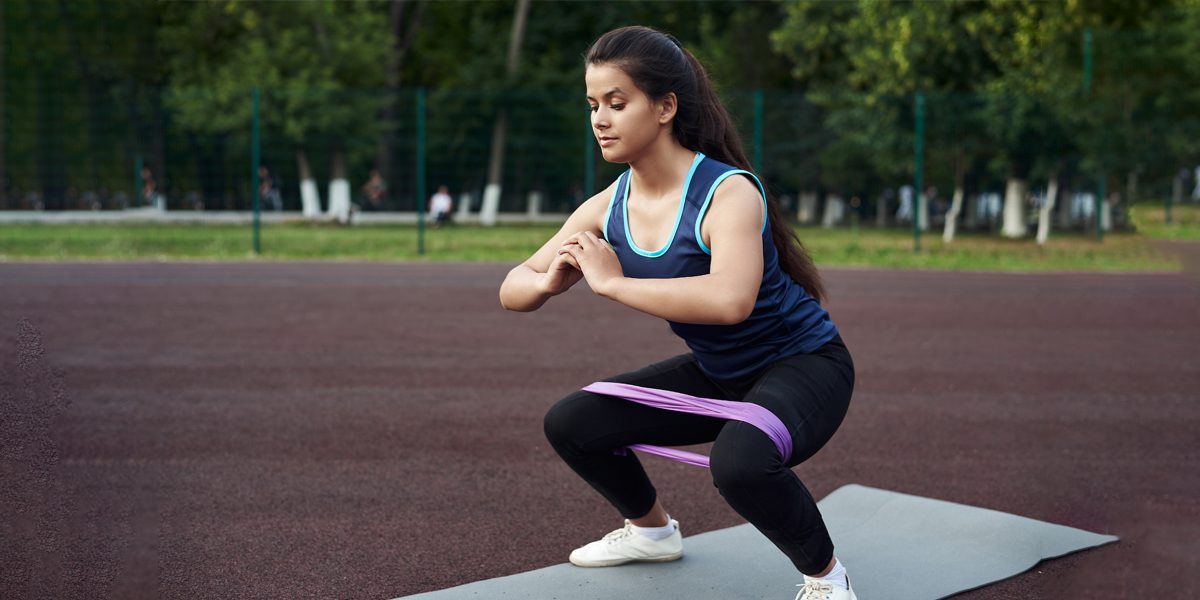
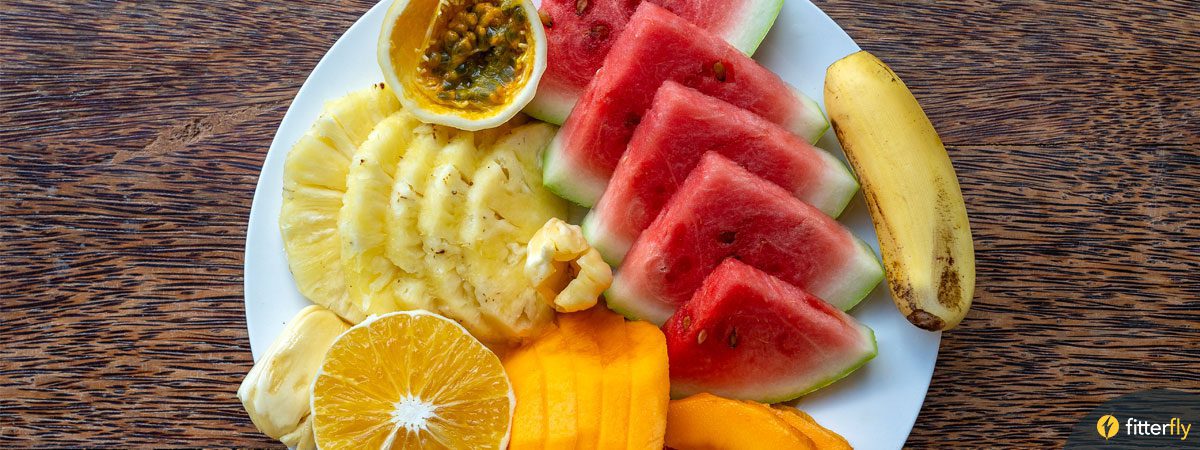


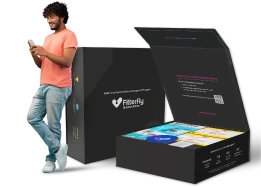





A large number of the signs and side effects of hypertension frequently look like indications of other ailments. You must don’t overlook these, however illuminate your PCP at the earliest.